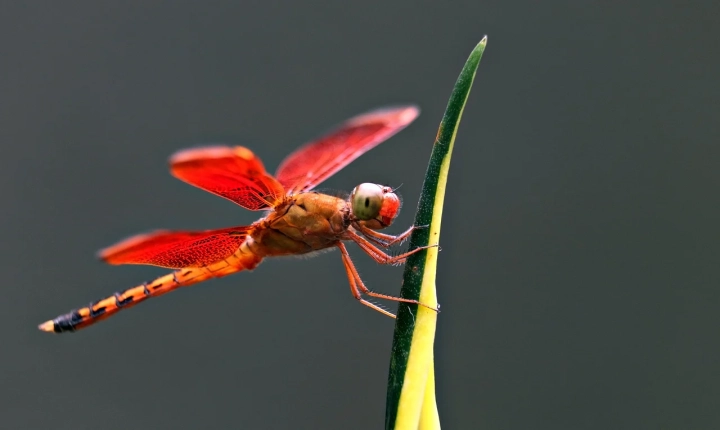Title: Can AI Create 2D Animation? Exploring the Potential of Artificial Intelligence in Animation
Animation has long been a captivating art form, captivating audiences of all ages with its ability to bring characters and stories to life through movement and expression. In recent years, the animation industry has seen a significant shift towards digital and computer-generated animation, with 3D animation becoming increasingly popular. However, 2D animation continues to hold a special place in the hearts of many, thanks to its unique charm and versatility.
With the advancement of technology, particularly in the field of artificial intelligence (AI), there has been growing interest in the potential of AI to create 2D animation. The question arises: can AI truly be used to craft engaging and high-quality 2D animation? Let’s explore the current landscape and the potential implications of AI in the realm of 2D animation.
AI and Animation: The Current State
AI has already made significant strides in various creative fields, including visual arts, music composition, and even writing. In the realm of animation, AI is being used to automate certain aspects of the animation process, such as in-betweening, colorization, and even character design. These advancements have streamlined production processes and allowed animators to focus on more creative and artistic aspects of their work.
However, when it comes to the creation of 2D animation, AI’s role has been somewhat limited. While AI can assist with specific tasks within the animation pipeline, such as rigging and motion tracking, the ability to generate entire 2D animations independently has proven to be a more complex challenge.
Challenges and Opportunities
One of the key challenges in using AI to create 2D animation lies in the nuanced, hand-drawn quality that defines this art form. 2D animation often relies on the unique human touch and creative input of artists to convey emotion, personality, and storytelling through the movement of characters and objects. Replicating this level of artistic expression and subtlety using AI has been a daunting task.
Despite these challenges, there are opportunities for AI to contribute to 2D animation in meaningful ways. For instance, AI can be leveraged to assist animators in generating initial keyframes, creating background elements, and even suggesting movement paths for characters. By automating certain repetitive and time-consuming tasks, AI allows animators to concentrate on refining the creative aspects of their work and exploring new storytelling techniques.
Furthermore, AI can be utilized to analyze and learn from vast datasets of existing 2D animations, enabling it to understand and mimic the aesthetic and movement styles of different animation traditions. This capability could potentially open up new avenues for experimentation and cross-pollination between different 2D animation techniques and cultural styles.
The Future of AI in 2D Animation
As AI continues to evolve and improve, the potential for its integration into the creation of 2D animation becomes more promising. The development of AI systems that can understand and adapt to the artistic intent of animators, while also offering creative suggestions, has the potential to revolutionize the animation industry.
In the years to come, we may witness AI playing a more prominent role in generating 2D animation, working in collaboration with human animators to enhance the efficiency and quality of animation production. This collaboration could lead to the emergence of new and innovative animation styles and techniques, as well as the democratization of animation creation for a wider range of artists and storytellers.
The Bottom Line
While the prospect of AI creating 2D animation independently may still be a work in progress, there is no denying the potential impact of AI in augmenting and enhancing the process of 2D animation production. As technology continues to advance, it is essential for animators and industry professionals to embrace the possibilities that AI brings while preserving the artistic integrity and human touch that are central to the art of 2D animation.
In conclusion, the integration of AI in 2D animation holds great promise, and the future may very well see AI and human creativity working hand in hand to push the boundaries of what is possible in the world of animation. As we continue to explore the potential of AI, it is crucial to uphold the artistry and storytelling that have made 2D animation a beloved and enduring form of visual expression.
